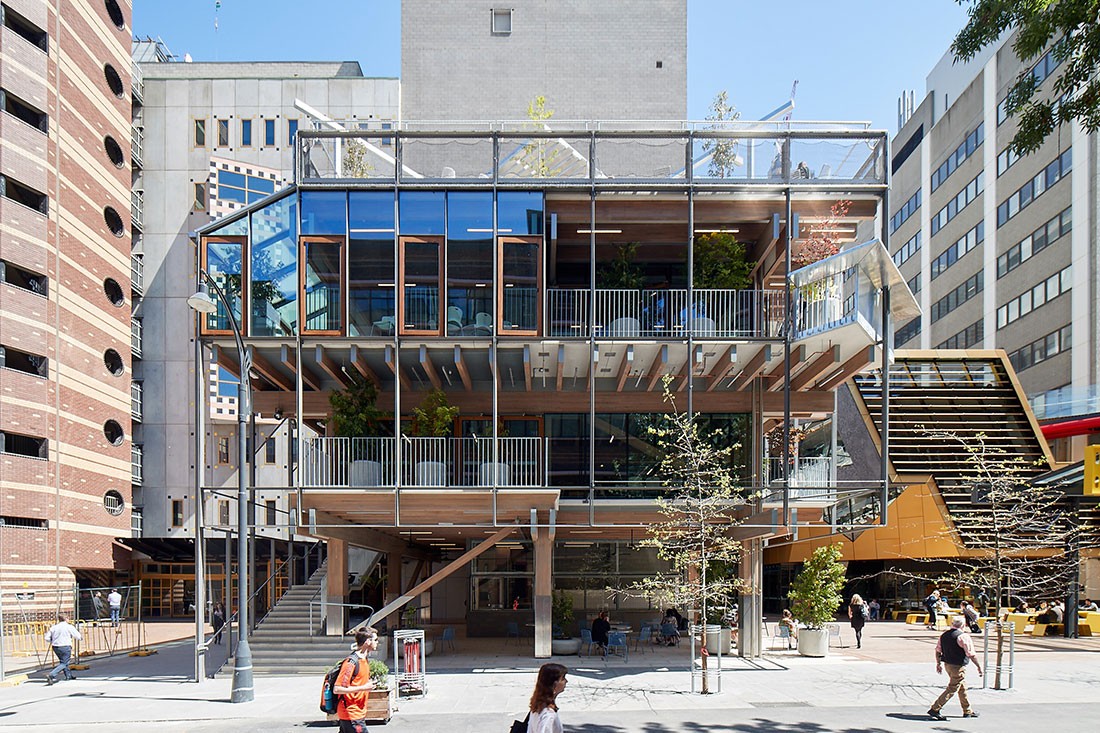Over the last three decades, RMIT has developed a reputation for leadership in sustainability at a national and international level through our broad ranging efforts to shape a sustainable environment and society. Driven by a clear agenda, RMIT has sought to model institution-wide excellence by embedding sustainability principles and practices throughout learning and teaching, research and operational activities.
RMIT defines sustainability as development that meets the needs of the present without compromising the ability of future generations to meet their own needs. Building an inclusive, sustainable and resilient future for people and the planet harmonising three core pillars: economic health, social inclusion and environmental protection, which are interconnected, and crucial for the wellbeing of individuals, societies and ecosystems.
Our commitment to sustainability underpins our approach to sustainable, place-based development. Our organisational mission guides how we design, operate, manage and activate our places. We recognise that all of our activities have the potential to positively impact on place and people, and each place brings unique opportunities to innovate and improve.
This is why we aim to exceed best practice as we collectively work to address global challenges through our local actions. Through our collaborative approach we empower our students, staff, community and industry to demonstrate sustainability leadership. By striving to set new standards in the creation of sustainable built environments, we not only raise the bar, we provide practical ways for our communities to actively contribute to the achievement of sustainable development goals.
